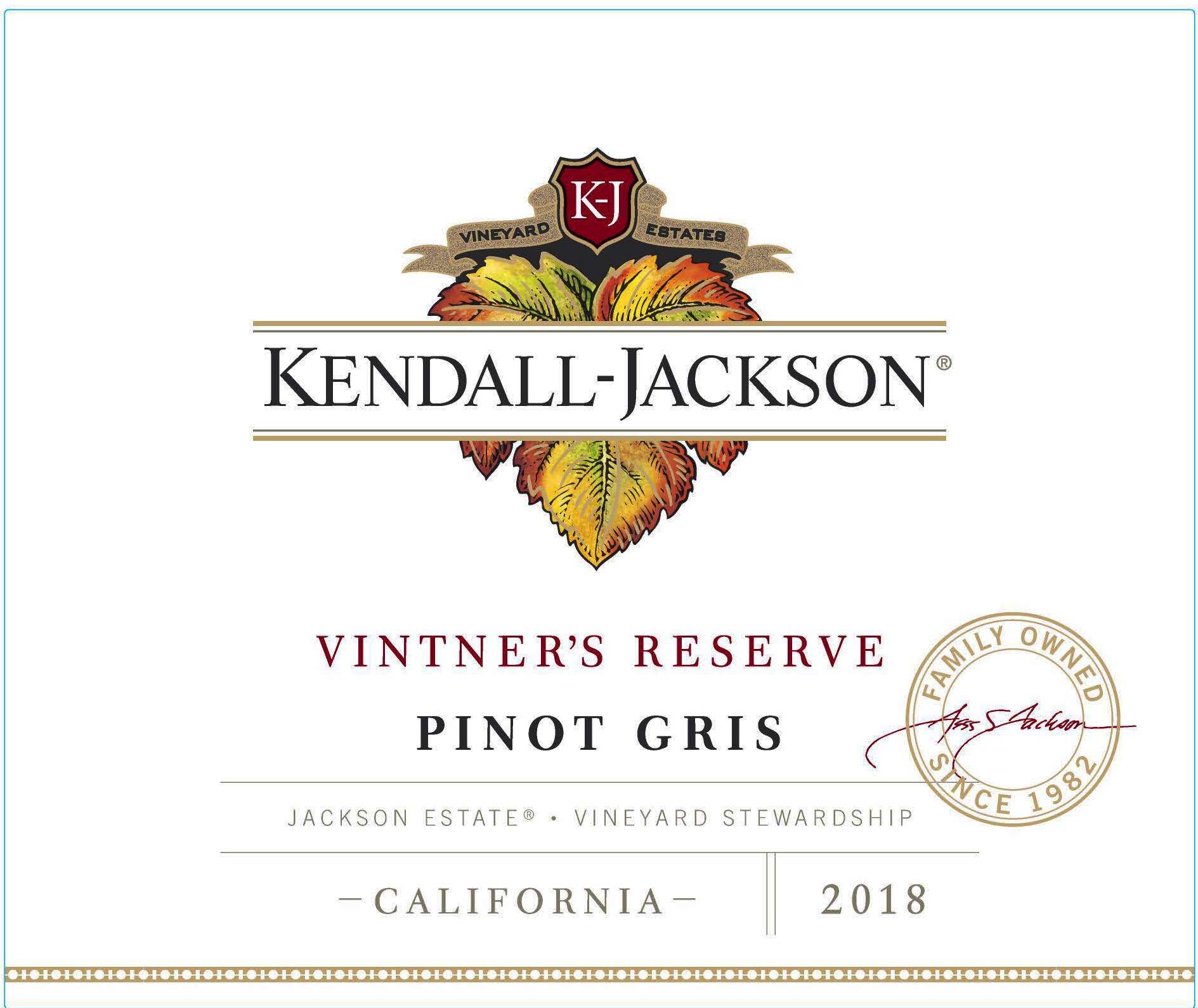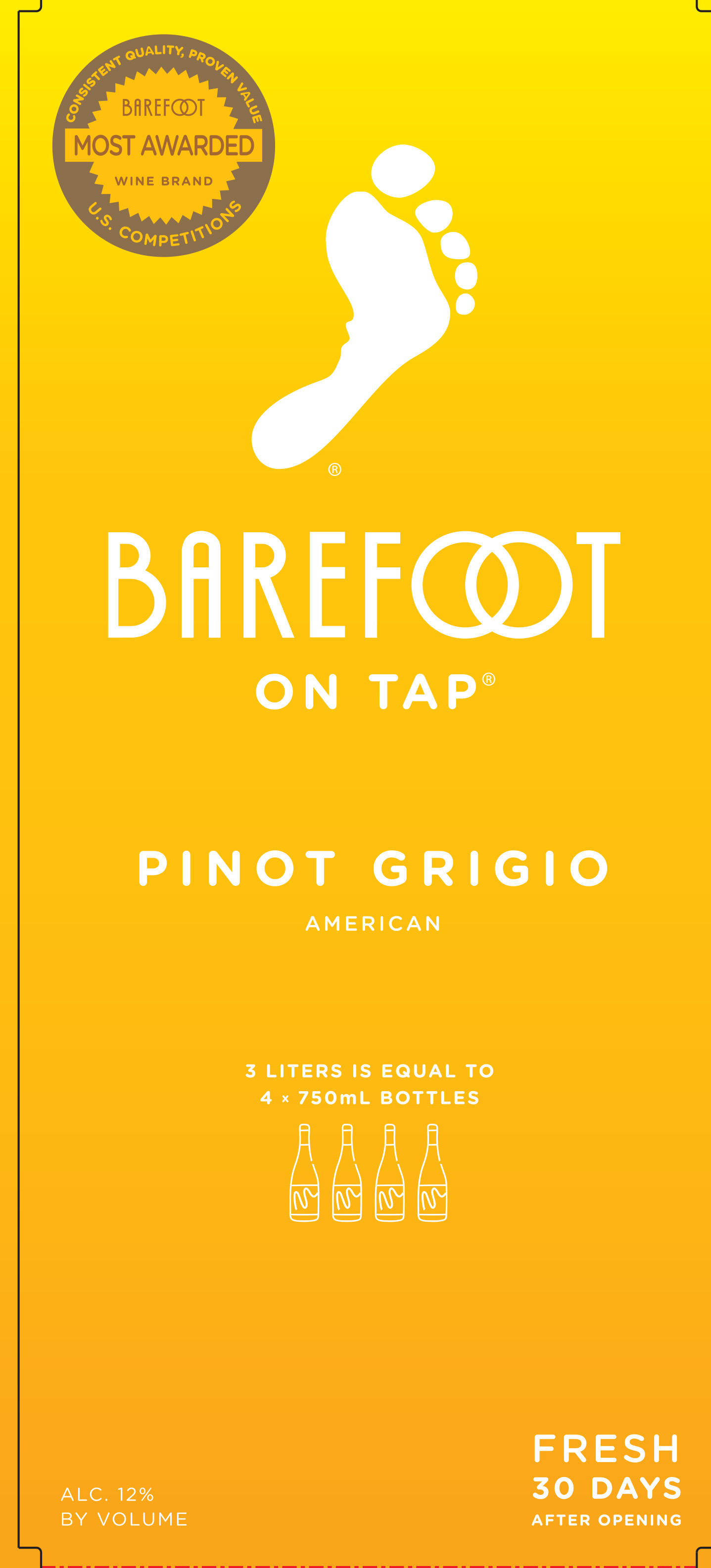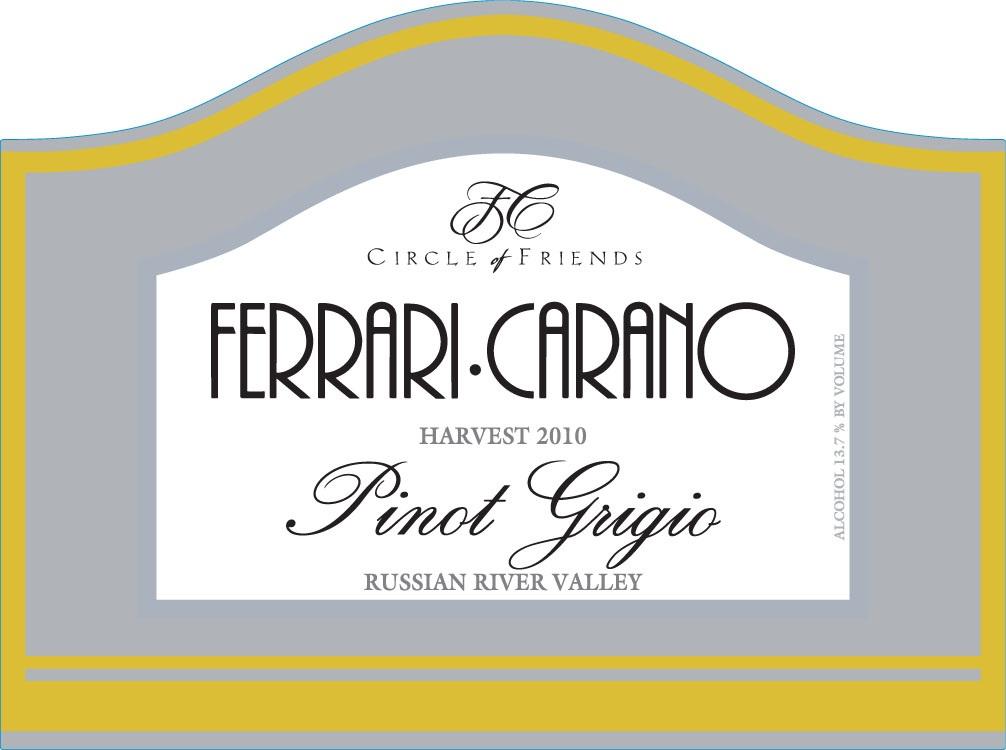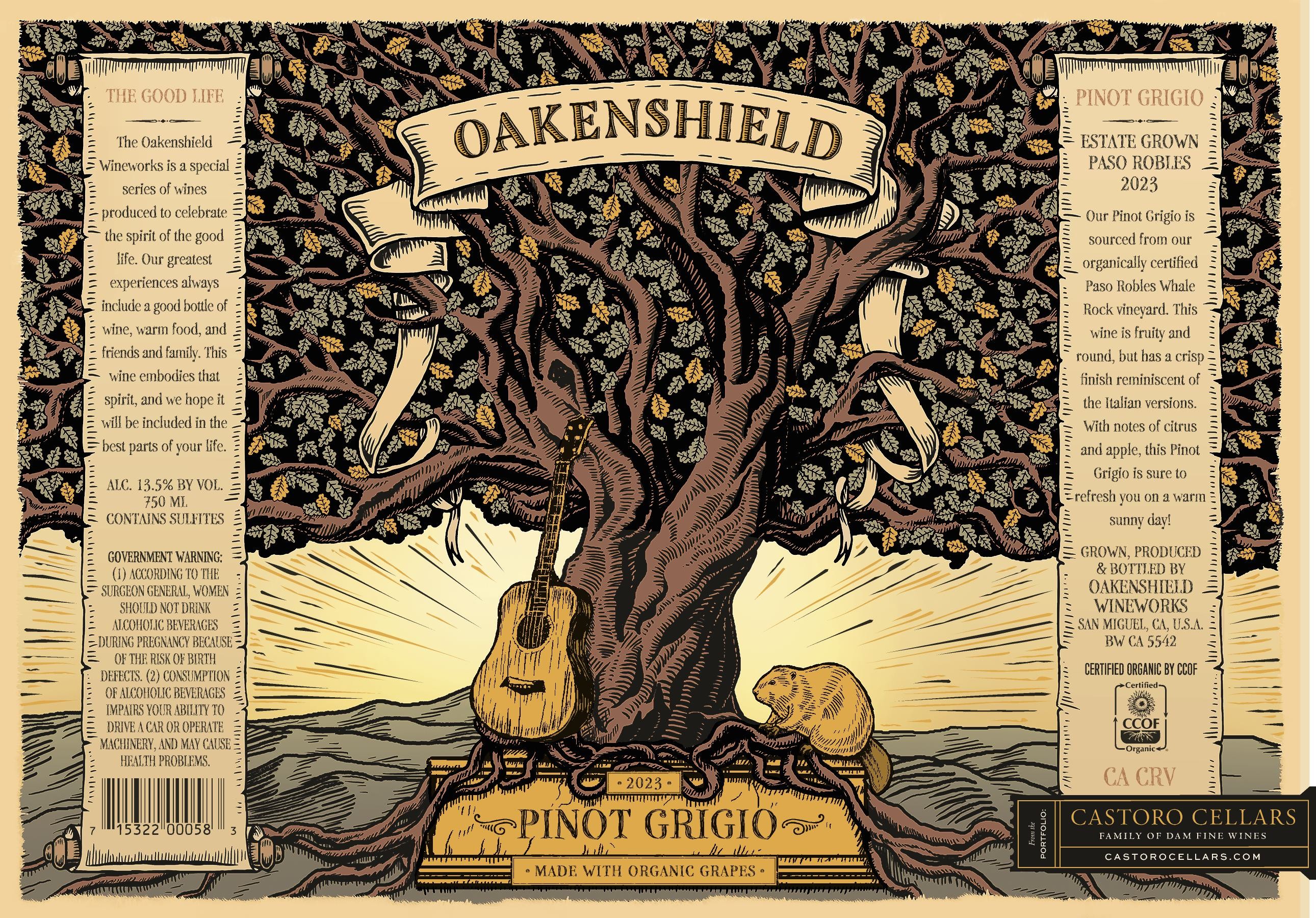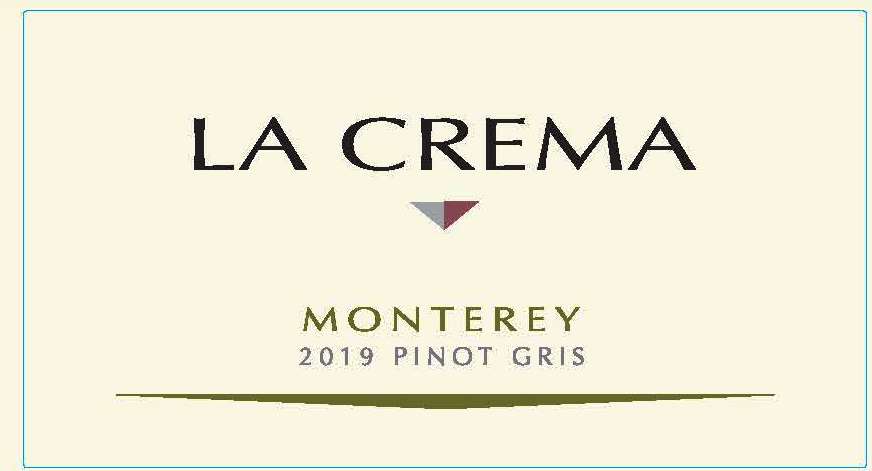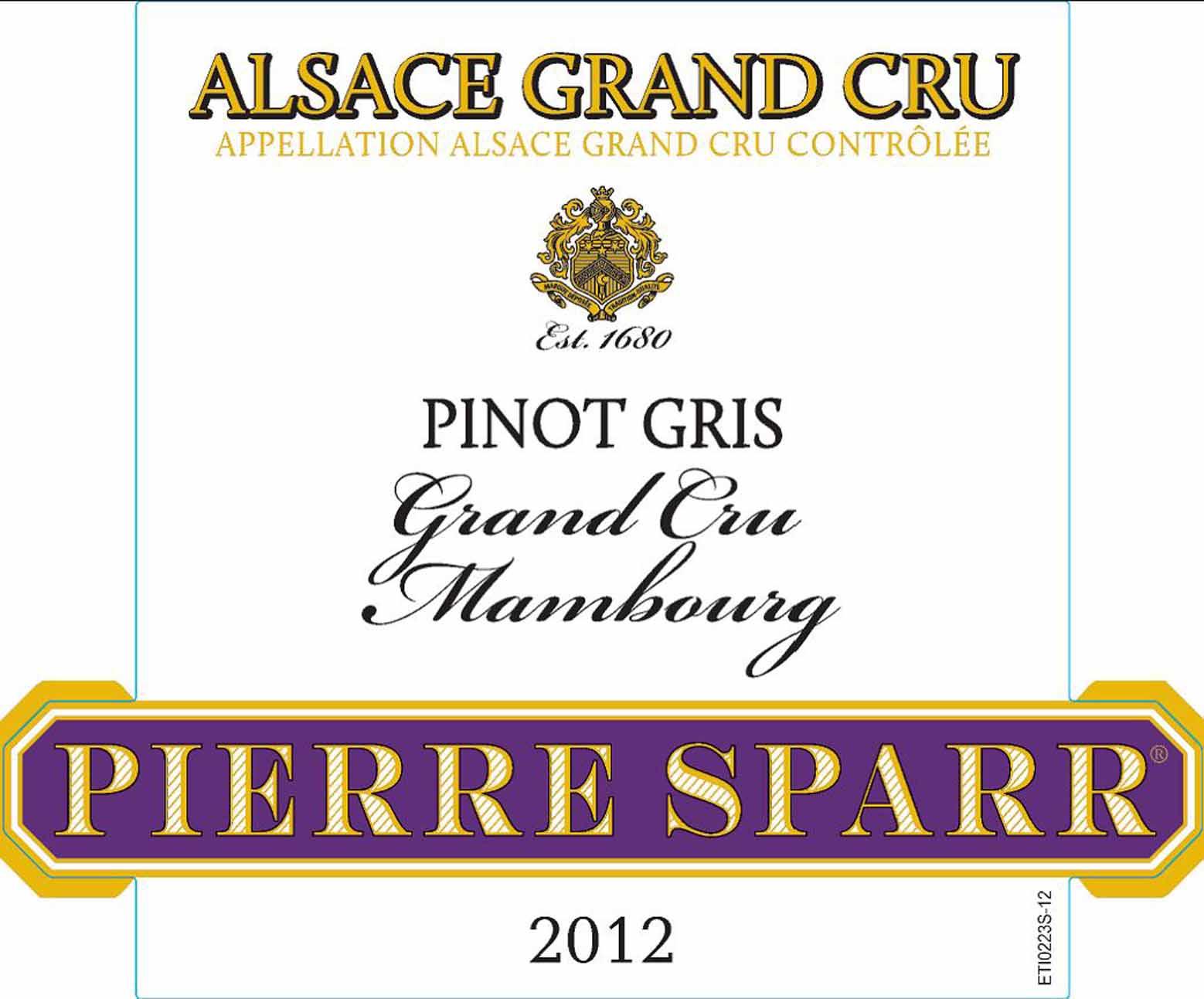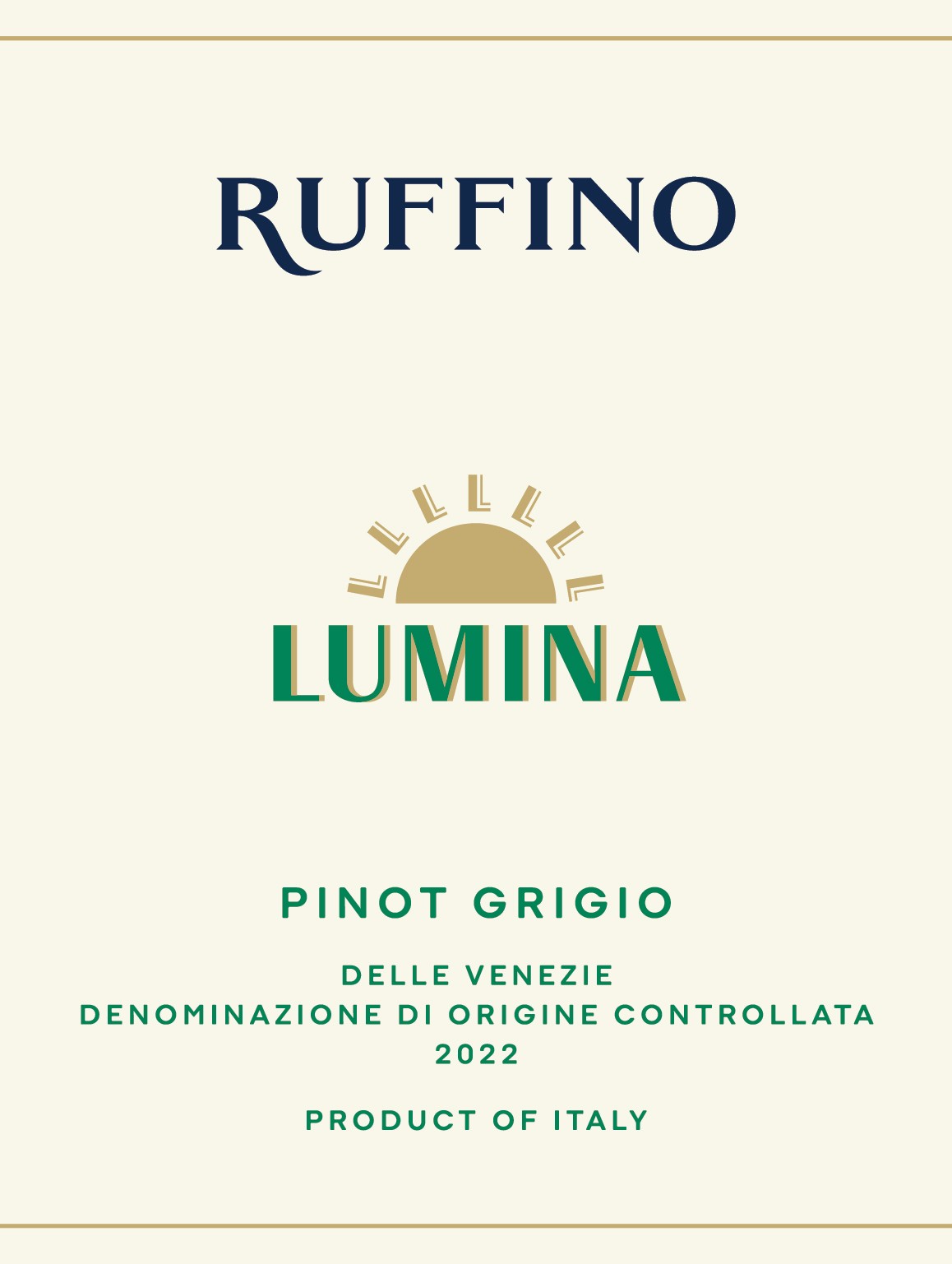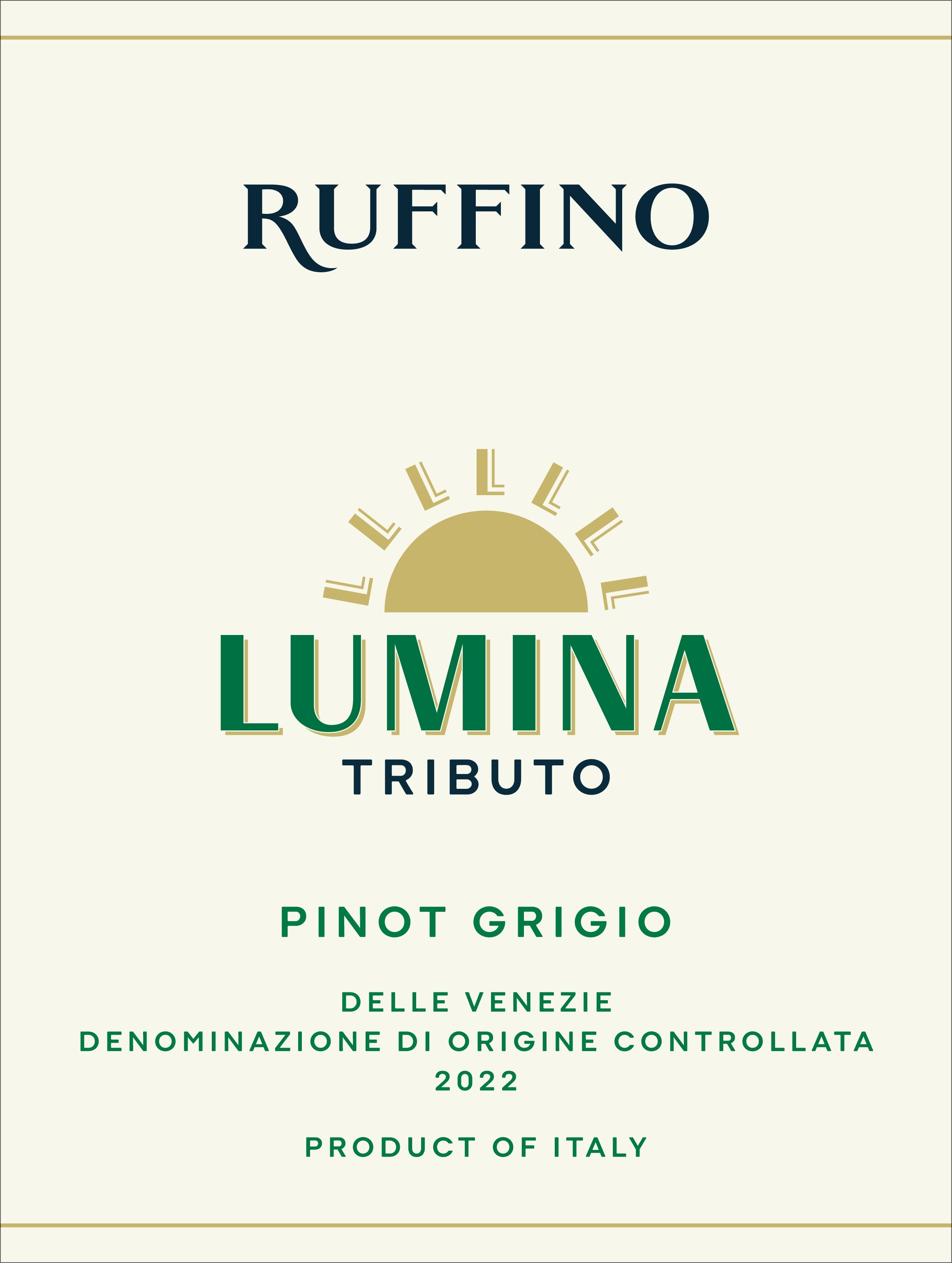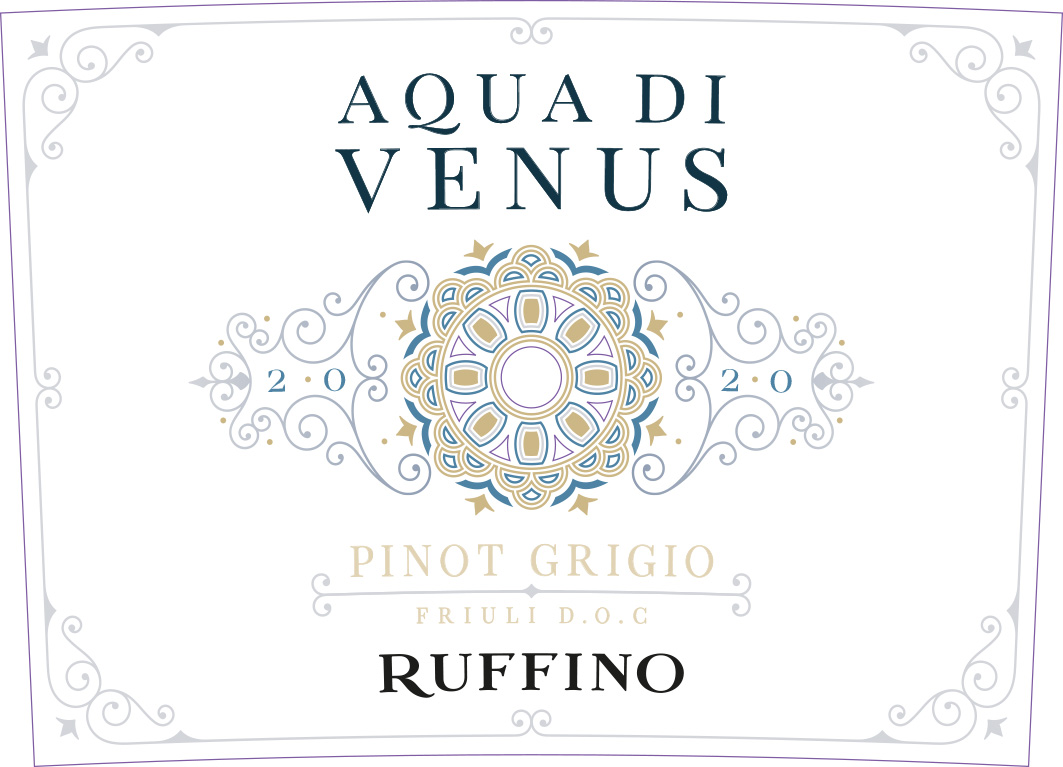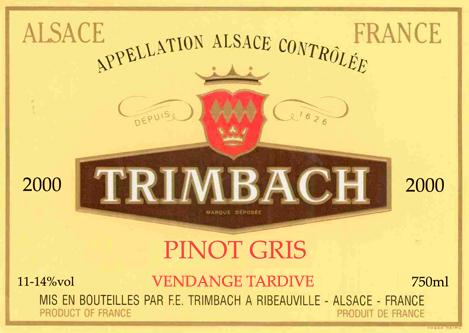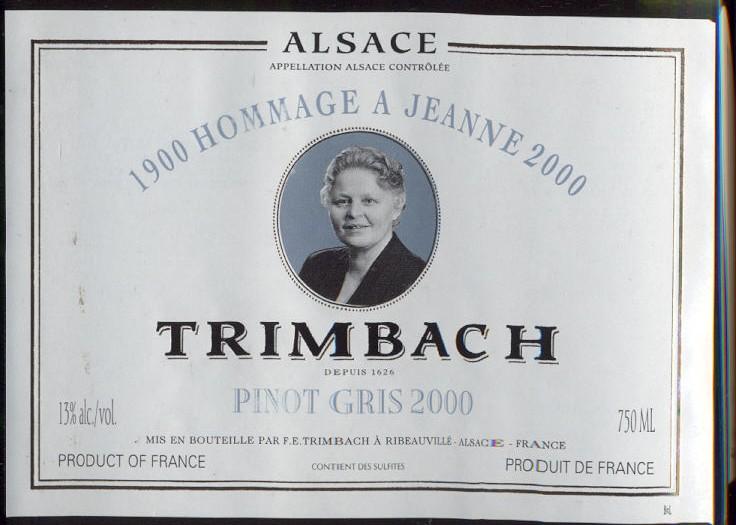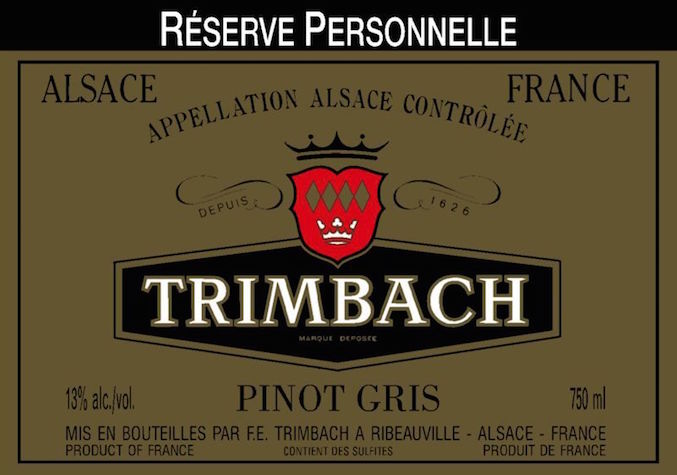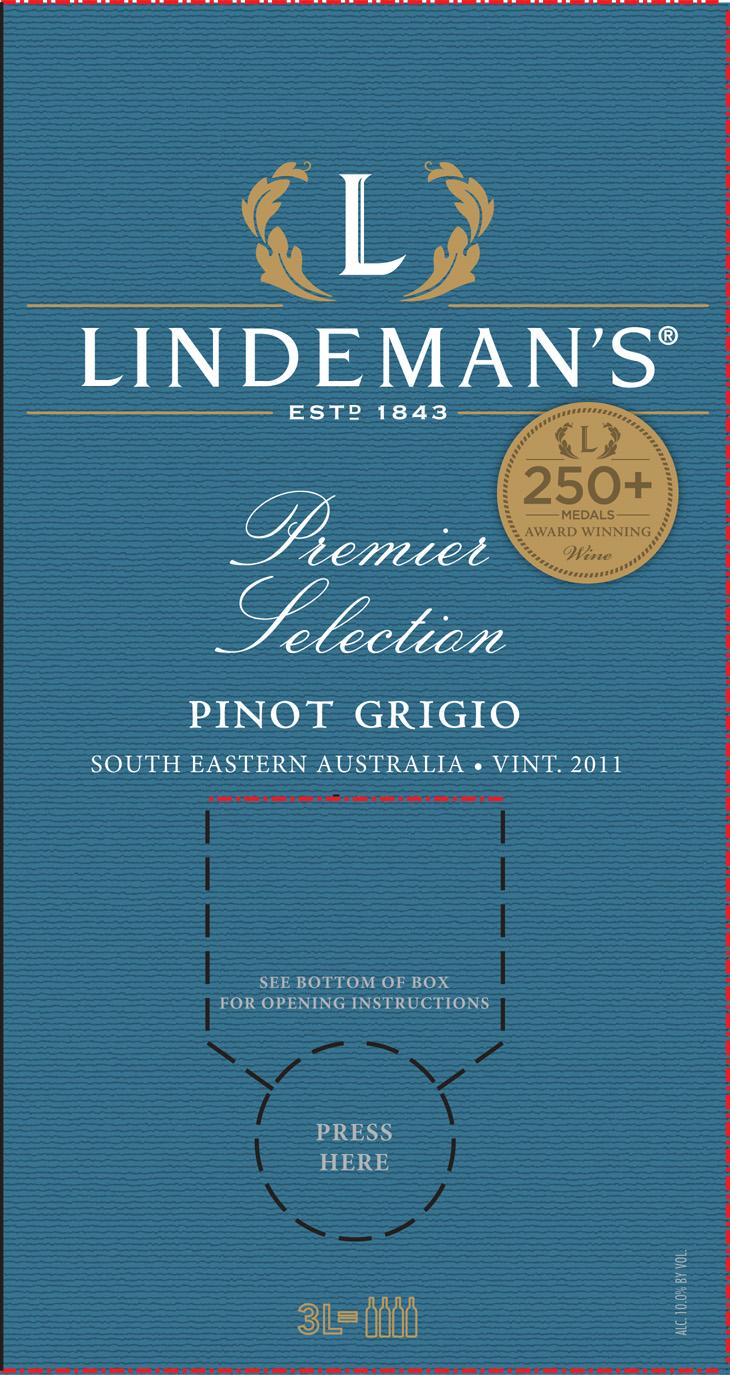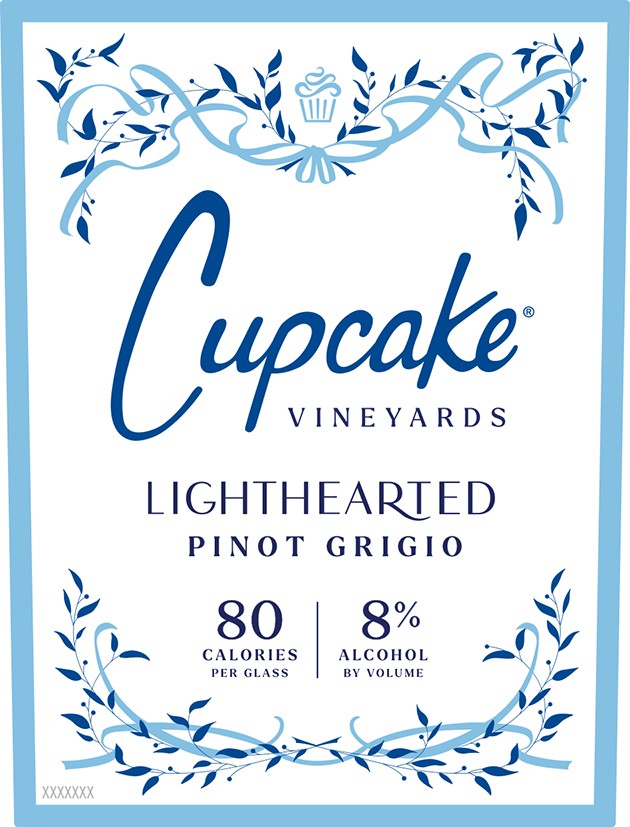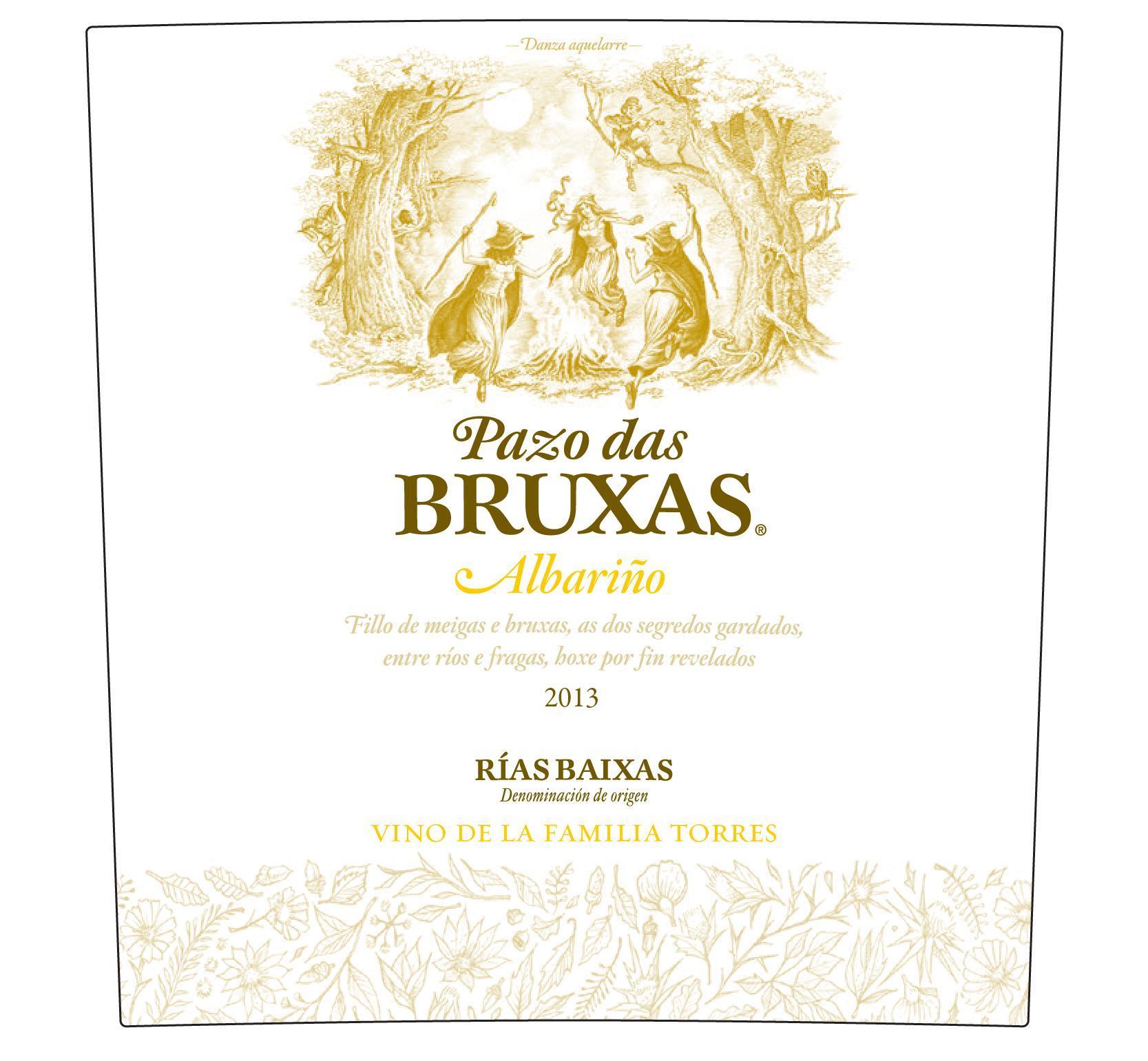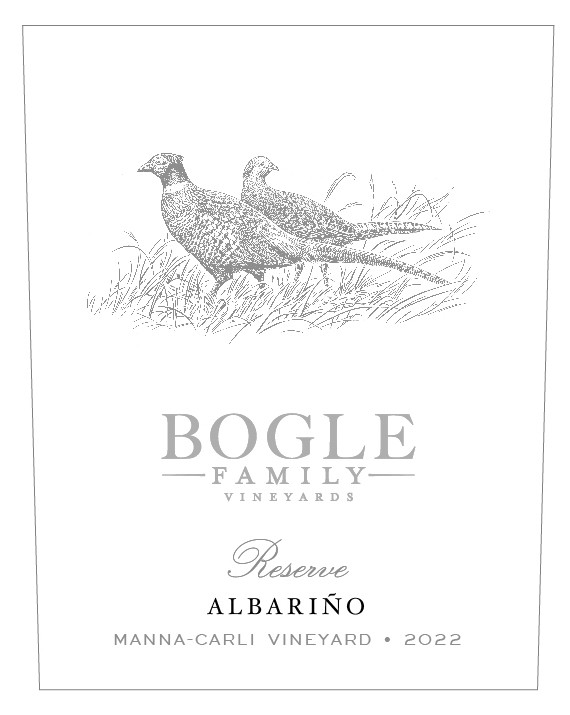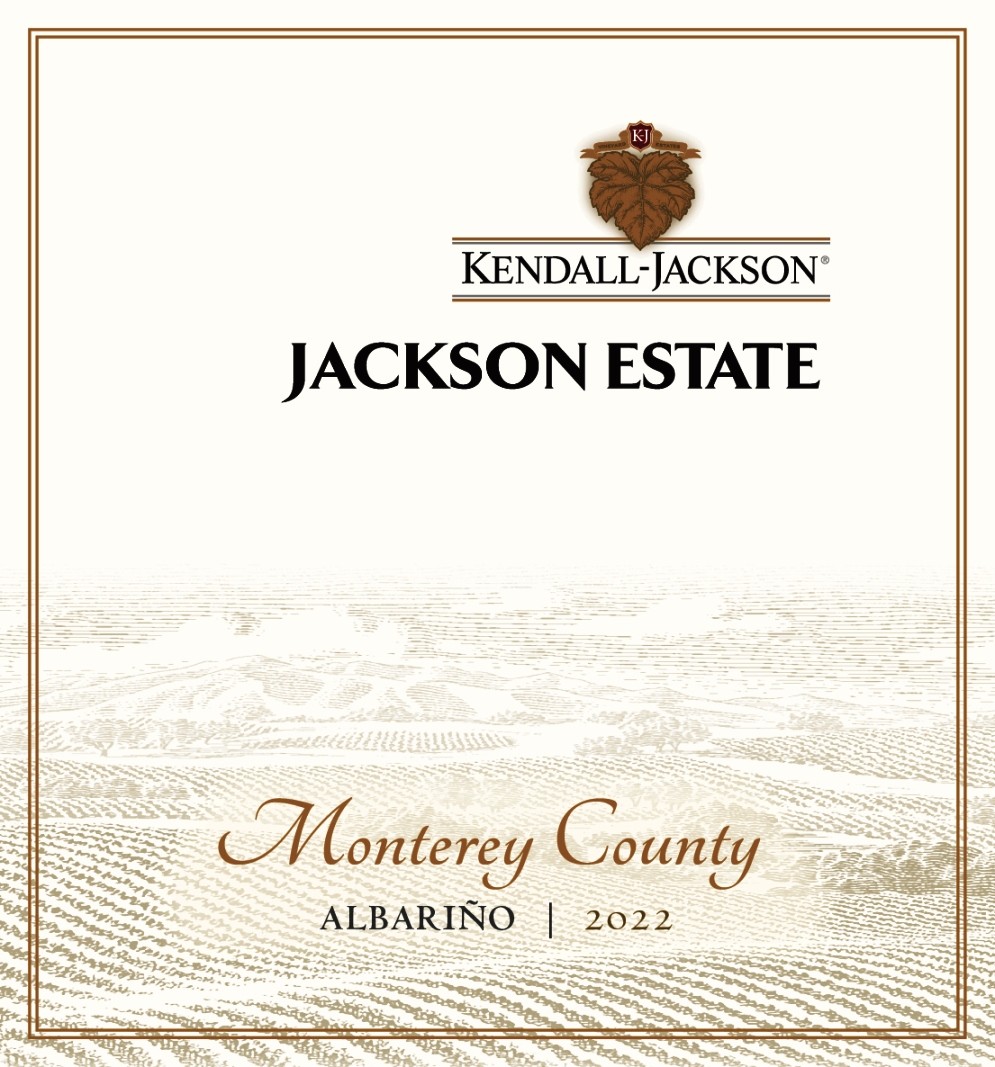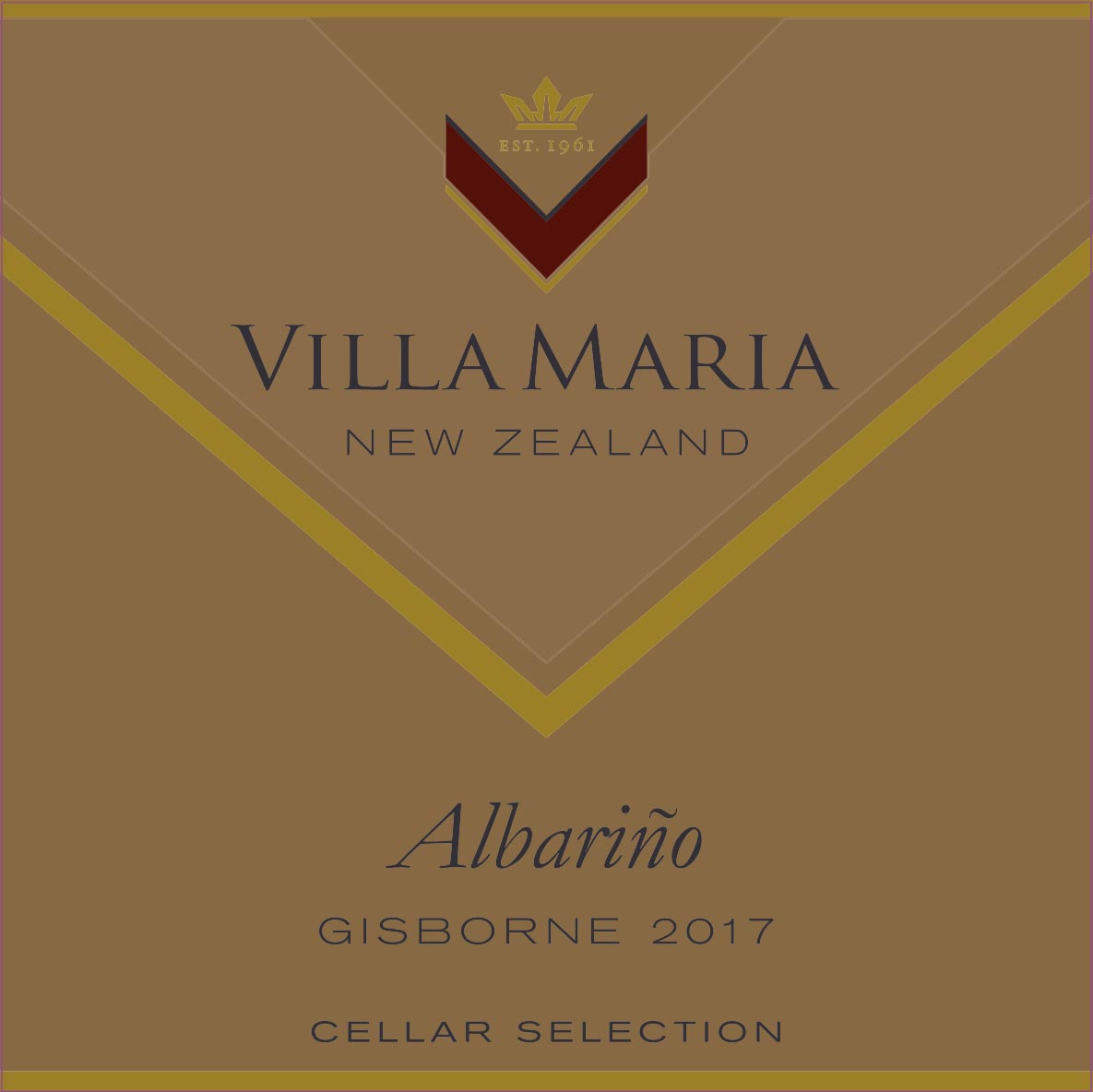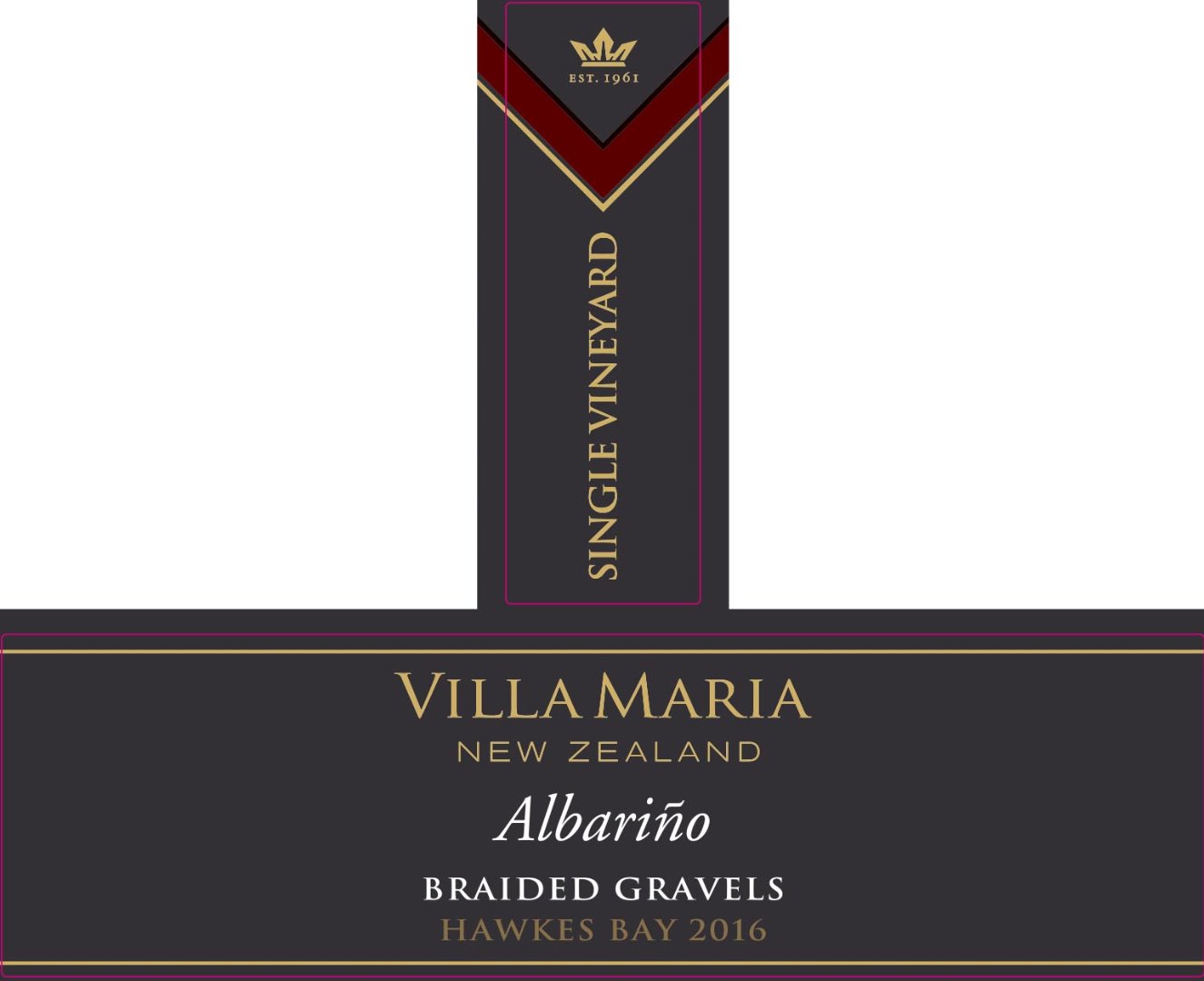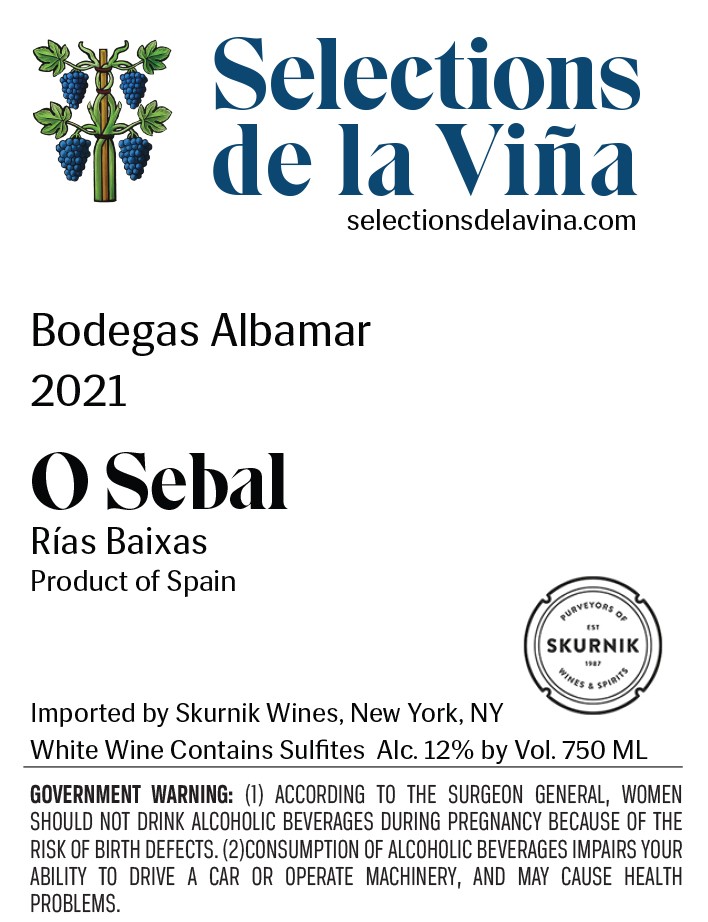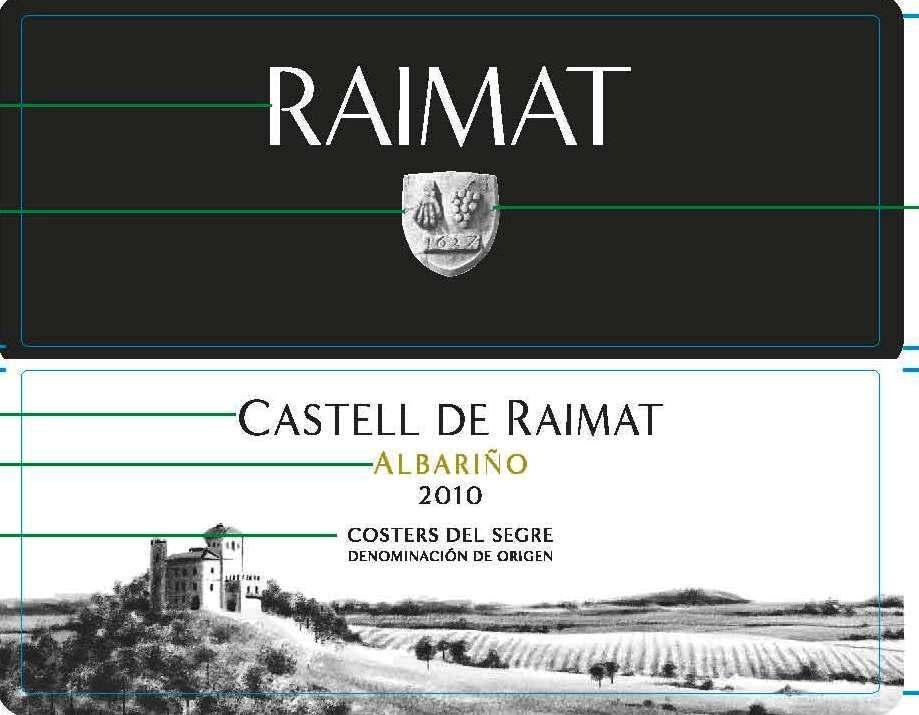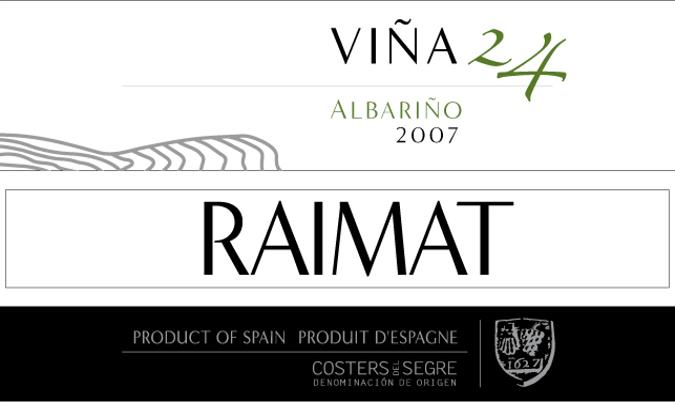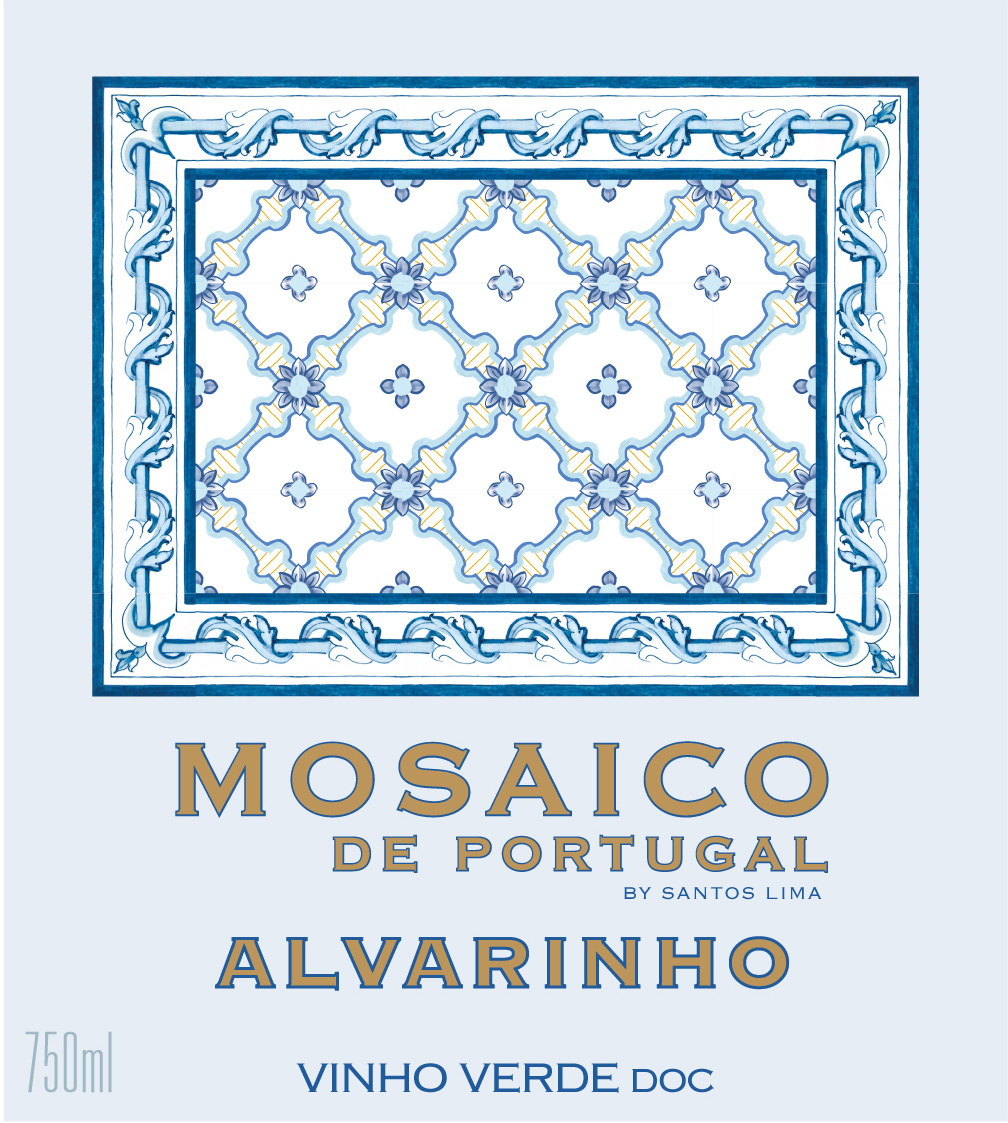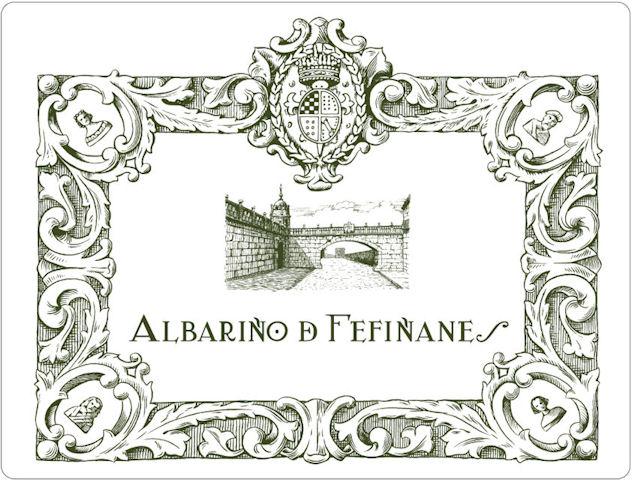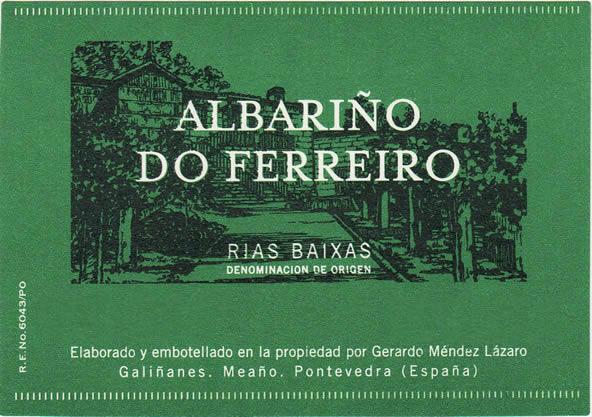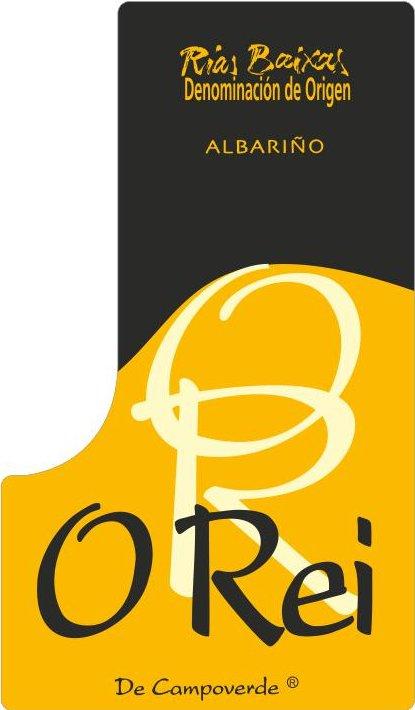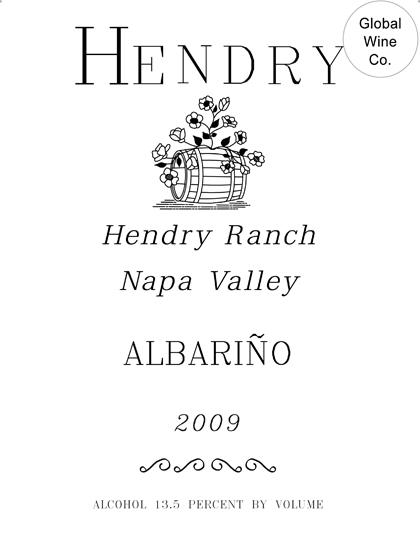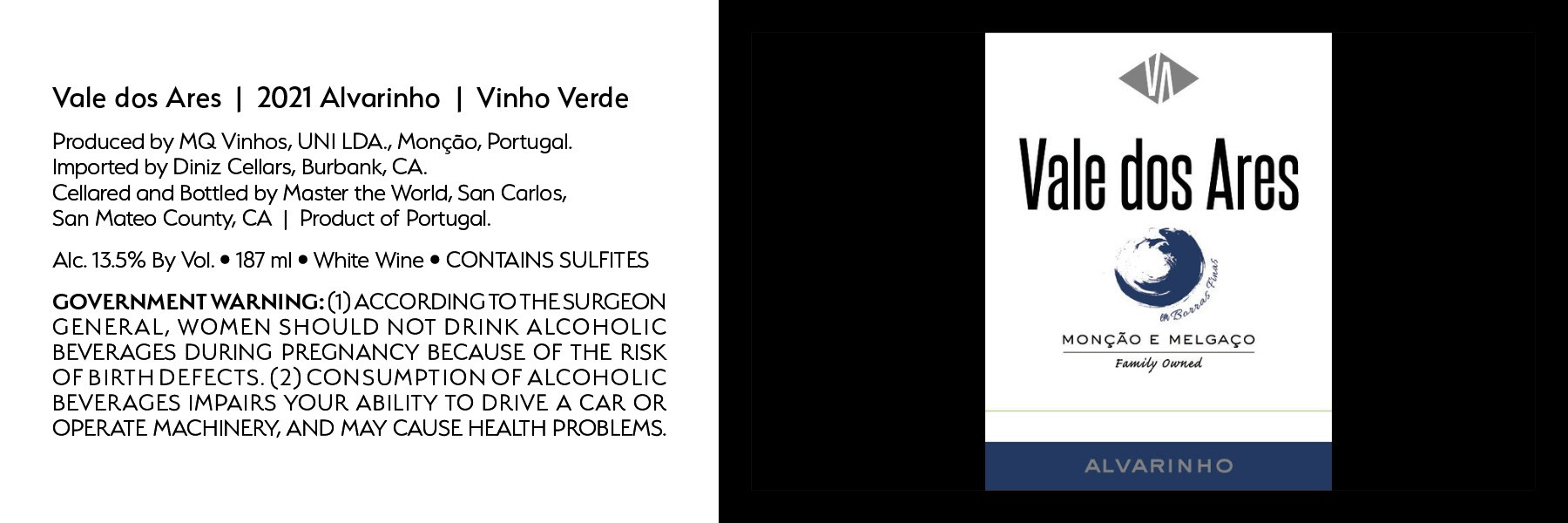Origins and Global Presence of Pinot Grigio and Albariño
Pinot Grigio: From Burgundy to the World
Pinot Gris began as a natural mutation of Pinot Noir in France’s Burgundy region, where it was first known as Fromenteau during the Middle Ages. Over centuries, it traveled across Europe—finding a home in Switzerland, Hungary (where it’s called Szürkebarát), and Germany as Ruländer. In the 19th century, the grape made its way to northeastern Italy, where it became famous as Pinot Grigio. Italian winemakers developed a lighter, crisper style that captured the world’s attention, especially in the United States.
Today, Pinot Gris/Grigio is grown across the globe, from Oregon and California to New Zealand, Australia, and beyond, adapting to many climates and producing a range of styles from vibrant and zesty to rich and textured.
Albariño / Alvarinho: A Distinctive Iberian Classic
Albariño, known as Alvarinho in Portugal, is a native grape of the cool, coastal border between Galicia in Spain and the Minho region of Portugal. Though some legends once linked it to northern Europe, DNA research confirms its true Iberian roots. In Spain, Albariño dominates the Rías Baixas region, while in Portugal, it shines in the Vinho Verde area, especially Monção e Melgaço. Its popularity has spread to new regions with similar cool, maritime climates—like California’s Central Coast, Uruguay, Australia’s Tasmania, and New Zealand’s South Island. Wherever it’s grown, Albariño is prized for its bright acidity, aromatic intensity, and the ability to reflect the freshness of the sea.








